Your Skin is Tired. Let’s Give It a Smarter Schedule.
I can’t tell you how many times people have sat in my chair, totally frustrated, with a bag full of pricey skincare they’re scared to use. They’ve tried everything they’ve seen online—layering acids, retinoids, and fancy serums—but their skin is just… angry. We’re talking red, irritated, and breaking out more than ever. And honestly, the problem usually isn’t the products. It’s the strategy.
In this article
Think about it: your skin is an organ. It needs time to work, but it also desperately needs time to rest and repair. You wouldn’t go to the gym and train the same muscle group hard every single day, right? You’d end up injured. Your skin is no different.
Lately, a term called “skin cycling” has been all over the place. But here’s a little secret: this isn’t some new trend. Skincare pros have been recommending this for ages, we just called it a rotational routine or strategic rest. It’s a simple, genius way to schedule your nighttime products so the powerful stuff can actually work without totally wrecking your skin’s protective barrier. This is about building a healthy, resilient complexion that lasts. So let’s get into it.
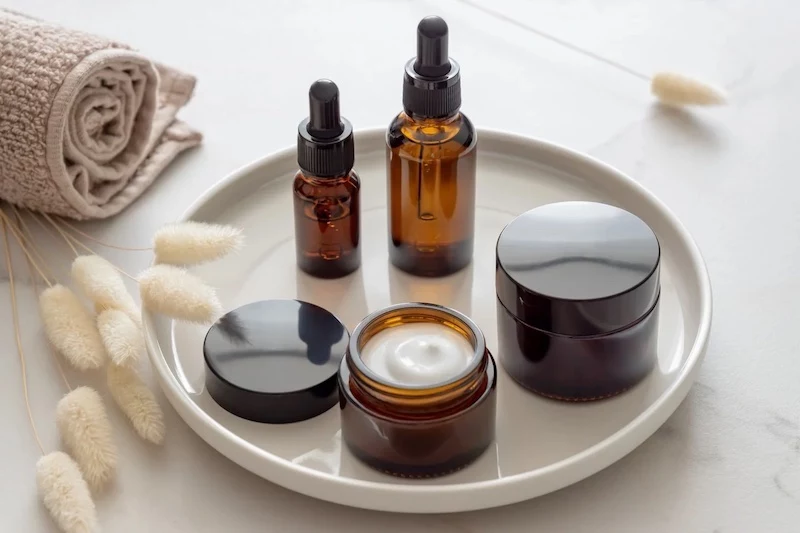
First Things First: What Is Your Skin Barrier, Anyway?
Before we build a routine, you have to know what you’re working with. The very top layer of your skin is called the skin barrier, and the easiest way to picture it is as a brick wall. The “bricks” are your skin cells, and the “mortar” holding them all together is a mix of natural fats like ceramides and cholesterol. A strong wall keeps all the good stuff (like moisture) in and all the bad stuff (like pollution and bacteria) out.
Here’s the catch: many of the best skincare ingredients, the “actives,” are designed to mess with this wall a little bit to get results.
- Exfoliating Acids (like AHAs and BHAs): These dissolve the “mortar” to slough off old, dull skin cells. This is great for brightness and clearing pores, but doing it too often means you’re breaking down the mortar faster than your skin can rebuild it.
- Retinoids (like Retinol): This is your powerhouse ingredient. It works deeper to speed up how fast your skin cells renew themselves, which is amazing for texture, fine lines, and even acne. But that process is naturally a bit stressful for the skin. It needs time to catch its breath.
When you throw these actives at your face every single night, you’re constantly creating little gaps in your brick wall without giving the repair crew time to show up. That’s when you get the classic signs of a damaged barrier: redness, stinging (even from your gentle moisturizer!), tightness, and flaking. I once had a client who thought she was suddenly allergic to all her products. The reality? Her daily high-strength acid and retinol had completely overwhelmed her skin. We stopped everything for a month and just focused on repair before her skin could calm down.

The Game Plan: A Simple 4-Night Skincare Schedule
For most people, a four-night cycle is the perfect starting point. It’s predictable, effective, and easy to remember. And don’t worry, it’s not complicated.
Here’s the basic rhythm:
- Night 1: Exfoliation
- Night 2: Retinoid
- Night 3: Recovery
- Night 4: Recovery
Then you just repeat the cycle. Easy, right?
Oh, and what about the mornings? Great question. Your morning routine should be the same every single day, no matter what you did the night before. Keep it simple: a gentle cleanse, maybe an antioxidant serum (this is the perfect time for Vitamin C!), a good moisturizer, and—this is non-negotiable—sunscreen.
Night 1: Exfoliation Night
On this night, your goal is to sweep away the dead skin cells so your other products can work better. After cleansing with a gentle face wash, pat your skin dry and apply your chemical exfoliant. And please, use a liquid or serum exfoliant. Harsh physical scrubs can cause tiny tears in the skin, which is the opposite of what we want.
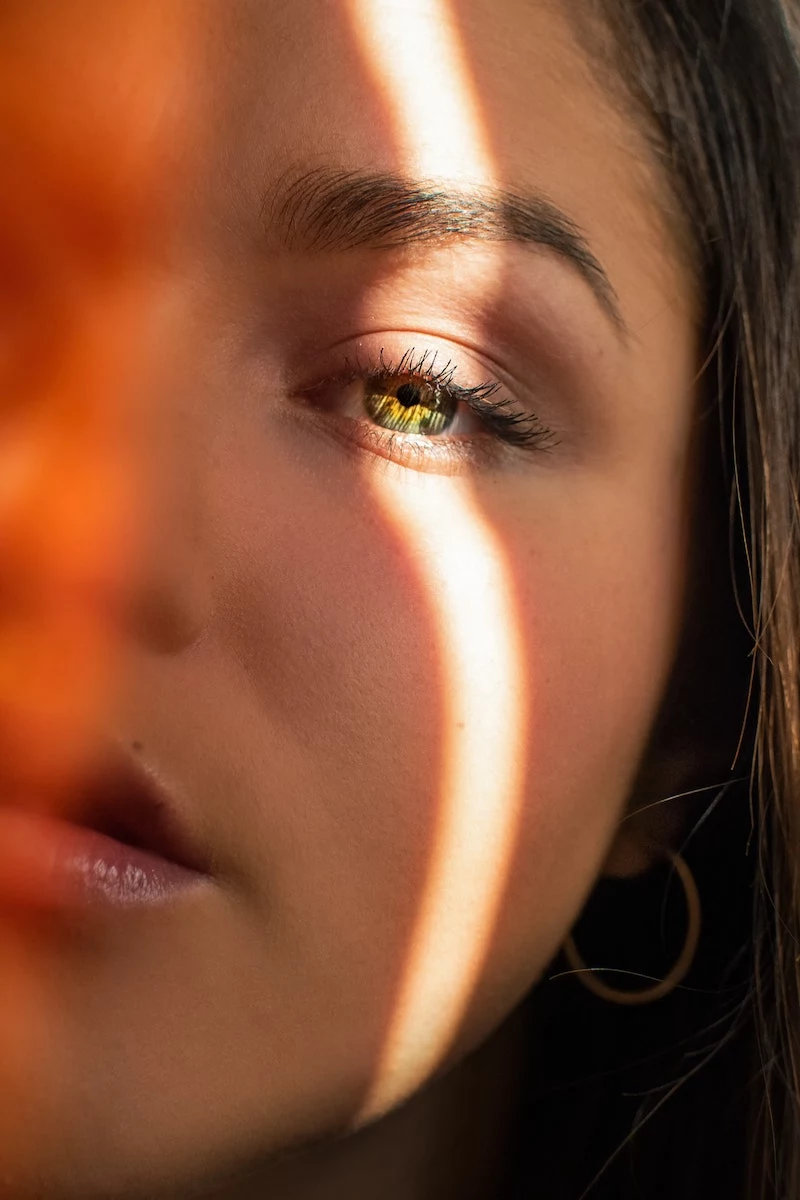
How to Pick Your Acid:
- For Dryness or Dullness (AHAs): Alpha-Hydroxy Acids are water-soluble and work on the surface. Lactic acid is a fantastic, gentle choice for drier or more sensitive types. Glycolic acid is a bit stronger and works well for normal to oily skin.
- For Oily or Acne-Prone Skin (BHAs): Salicylic acid is your best friend here. It’s oil-soluble, so it can get deep into your pores to clear out gunk. A 2% concentration is the standard for a reason—it works.
- For Super Sensitive Skin (PHAs): Poly-Hydroxy Acids are the gentlest of the bunch. They have bigger molecules, so they work more slowly and are less likely to irritate. Look for gluconolactone on the label if you have easily reactive skin or rosacea.
A little tingle for a minute is okay, but if it burns, wash it off immediately. That’s your skin telling you the product is too strong.
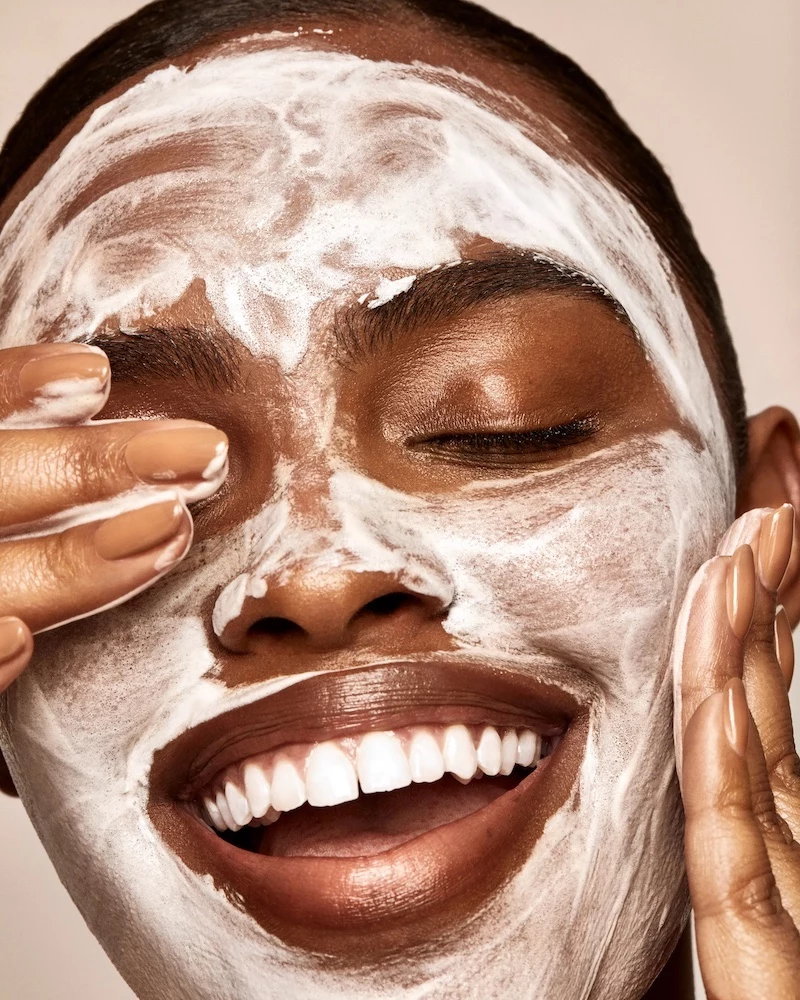
Night 2: Retinoid Night
This is your big “work” night. Retinoids are the most proven ingredients for tackling signs of aging and improving skin texture over the long haul. The key here is to apply them correctly to avoid irritation. Always apply a pea-sized amount to completely dry skin. More is NOT better; it just leads to peeling.
Quick Tip: The Sandwich Method
If you’re new to retinoids or have sensitive skin, this trick is a lifesaver. It’s a simple 1-2-3 process:
- Apply a thin layer of a simple moisturizer to your clean, dry face.
- Wait a few minutes for it to sink in, then apply your pea-sized amount of retinoid.
- Finish with another layer of the same moisturizer on top.
This creates a buffer that helps your skin get all the benefits of the retinoid with way less of the initial redness and flaking. Some initial dryness is normal (they call it “retinization”), but if it’s major, just back off to once a week for a bit.
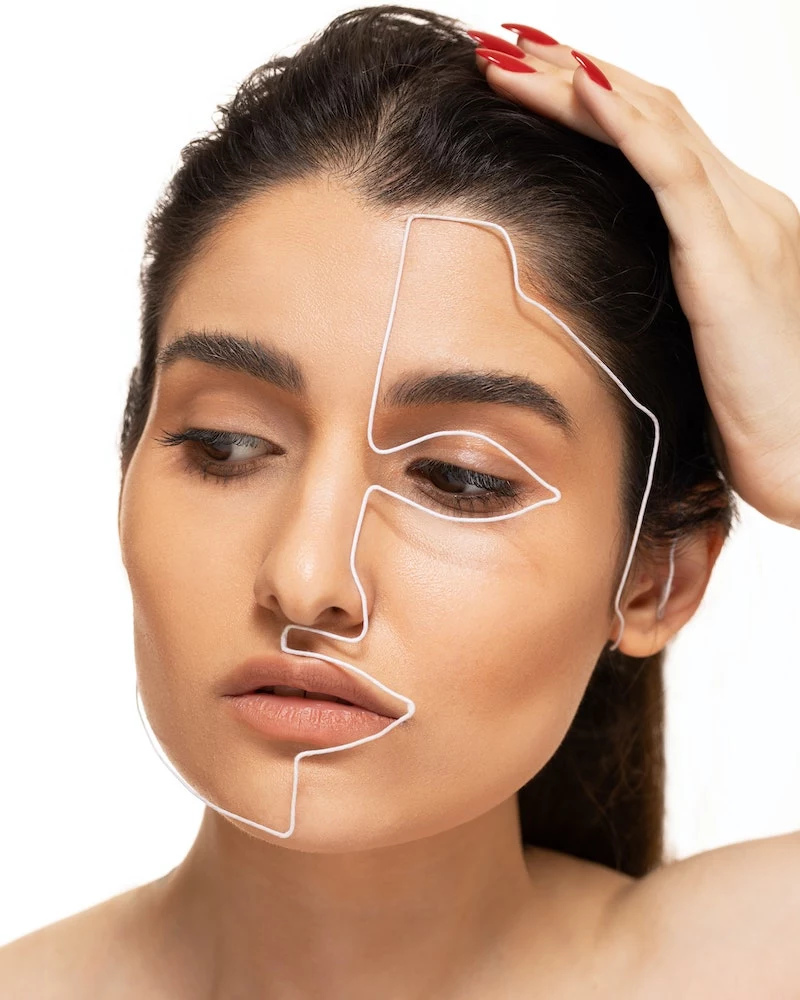
Nights 3 & 4: Recovery Nights
Welcome to the most important part of the cycle! You’ve done the hard work, and now it’s all about rebuilding and hydrating. Seriously, the routine on these nights is blissfully simple: cleanse, and then slather on a moisturizer packed with barrier-loving ingredients. That’s it.
Don’t be tempted to throw in another active or a random mask. The entire point of these nights is REST. You want to load up on ingredients that act like a hug for your skin:
- Ceramides: These are the literal “mortar” for your skin’s brick wall. You’re topically adding back what was lost.
- Niacinamide: A superstar vitamin that helps your skin produce its own ceramides and calms down redness.
- Hyaluronic Acid & Glycerin: These are like little water magnets that pull hydration into your skin.
- Soothing Stuff: Ingredients like Centella Asiatica (often called Cica), Panthenol, or Allantoin are amazing for reducing inflammation.
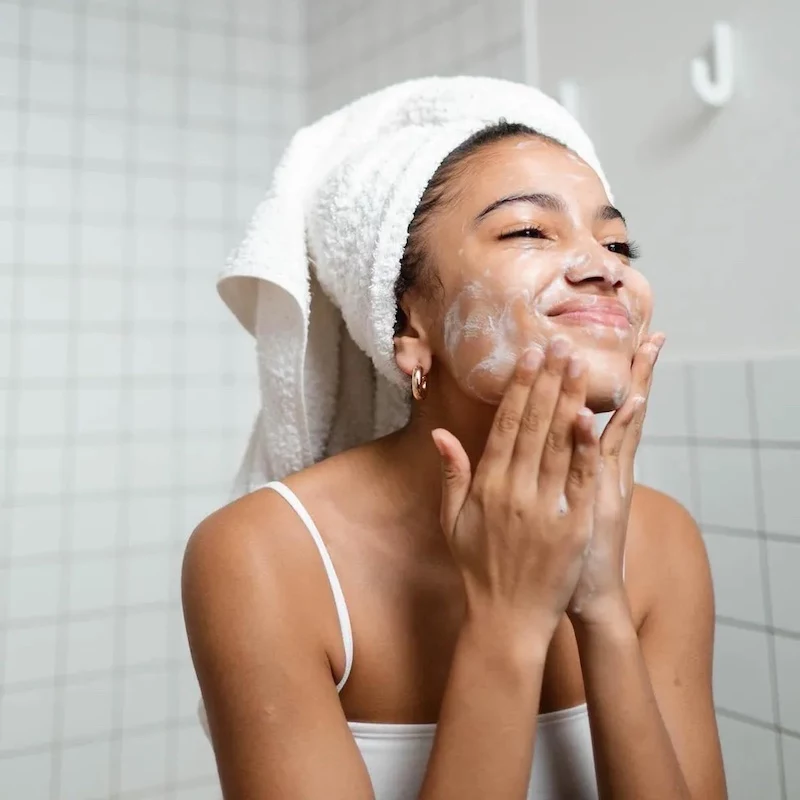
Let’s Go Shopping: Your First Skin Cycling Cart (Under $100)
Good skincare doesn’t have to cost a fortune. It’s about the ingredients, not the fancy packaging. You can build an entire, super-effective routine with products from places like Target or the drugstore. Here’s a sample shopping list to get you started:
- Gentle Cleanser: Look for something hydrating and creamy. Example: CeraVe Hydrating Facial Cleanser (~$15).
- Exfoliant: A simple, effective acid toner is all you need. Example: The Ordinary Lactic Acid 5% + HA (~$8) or The Inkey List PHA Toner (~$13).
- Retinoid: Start with a gentle, low-concentration formula. Example: Good Molecules Gentle Retinol Cream (~$8) or the CeraVe Resurfacing Retinol Serum (~$18).
- Recovery Moisturizer: This is your workhorse. Find a rich cream with those key recovery ingredients. Example: La Roche-Posay Cicaplast Baume B5 (~$16) or Vanicream Moisturizing Cream in the tub (~$14).
See? A full, effective routine can easily come in under $75. Just remember to introduce one new product at a time so you know what’s working (or not working) for you.
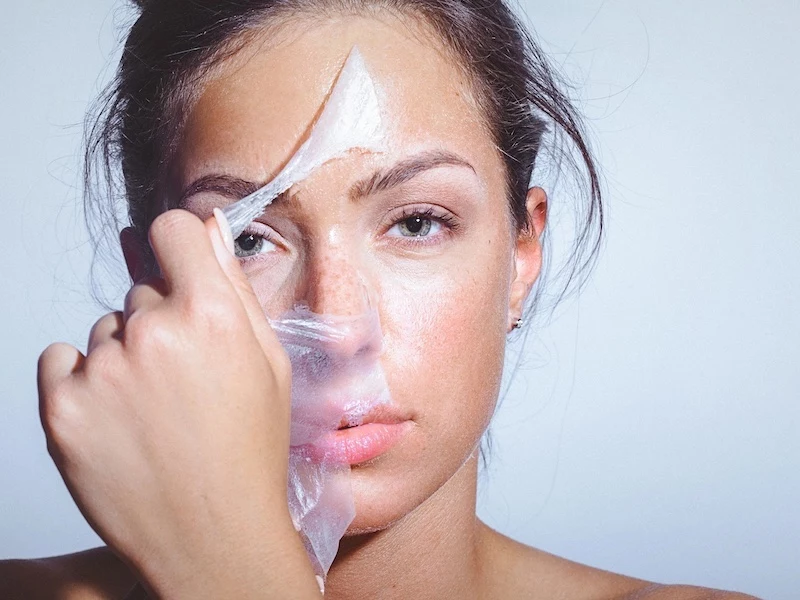
Troubleshooting: When Your Skin Acts Up
Even with the best plan, sometimes your skin will send you an SOS. Here are a couple of common issues I see.
The Problem: My skin is super shiny, almost like plastic wrap, but it feels tight and dry.
The Diagnosis: This is the number one sign of an over-exfoliated, unhappy skin barrier. Before, you were using harsh actives every day. Now, you need to hit the brakes. Hard.
The Solution: Stop all actives. No exfoliating, no retinoids. For the next 1-2 weeks, your routine is just a gentle cleanse and a thick recovery cream, day and night. The result? Your skin will go from feeling tight and stressed to calm and hydrated again.
The Problem: I’m not seeing any results!
The Diagnosis: Let’s be real for a second. Skincare is a marathon, not a sprint. It takes at least 3 months for a routine to show its effects on things like acne, and 6 months or more to see real change in fine lines and texture from a retinoid. Also, double-check your products. Are the percentages high enough to be effective for your goals?
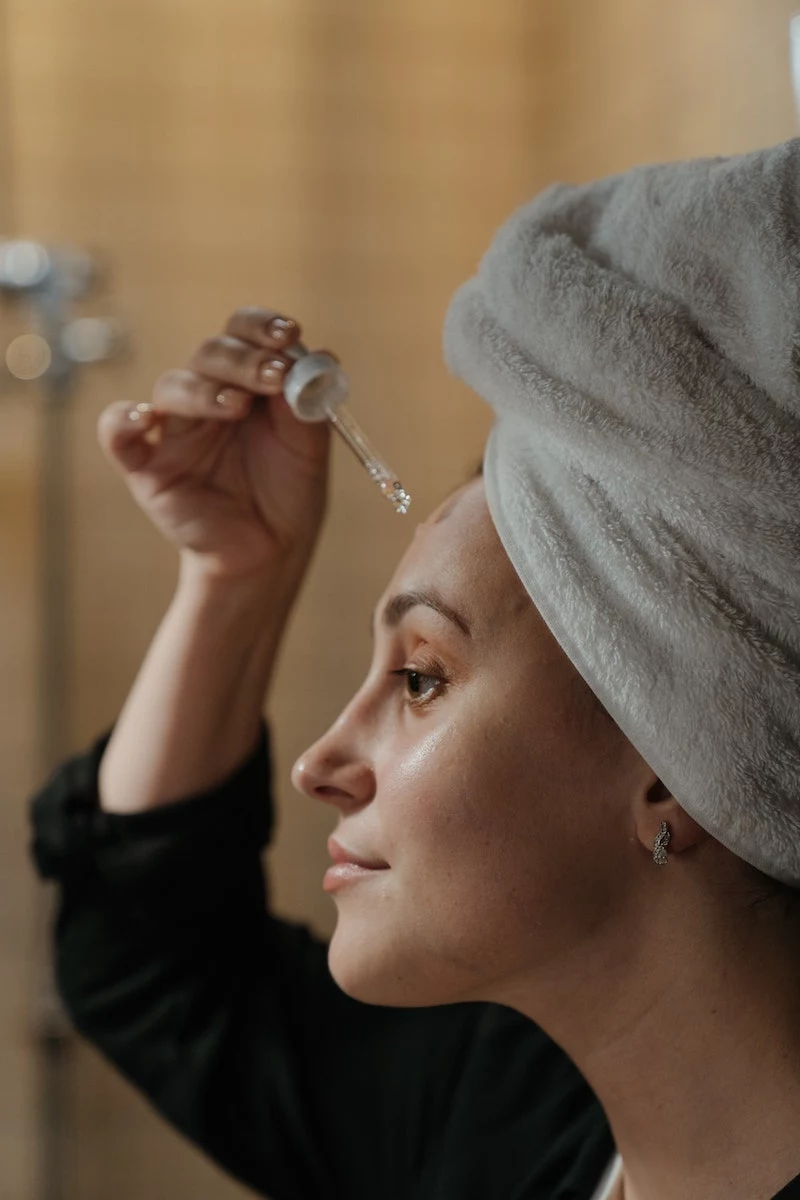
The Solution: Patience! Consistency is everything. If after 6 months of diligent use you’re still not happy, that’s when you might consider moving up in strength (e.g., from a 0.5% retinol to 1%) or consulting a pro.
A Few Final, Non-Negotiable Rules
As a professional, my top priority is keeping your skin safe and healthy. So think of these as the golden rules of smart skincare.
- Sunscreen is MANDATORY. I cannot say this loudly enough. If you are using acids and retinoids, you are making your skin more sensitive to the sun. If you don’t commit to wearing a broad-spectrum SPF 30 or higher every single morning, you will do more damage than good. Period.
- Listen to Your Skin. Stinging and burning are not signs that something is “working.” They are distress signals. If your skin is irritated, take a break. An extra recovery night is always a good idea.
- Know When to Call a Pro. This routine is fantastic for general skin health and mild to moderate concerns. But if you’re dealing with persistent cystic acne, severe rosacea, or anything else that feels out of your control, please see a board-certified dermatologist. A smart routine is an incredible tool, but it’s not a substitute for medical care when you need it.
Inspiration:
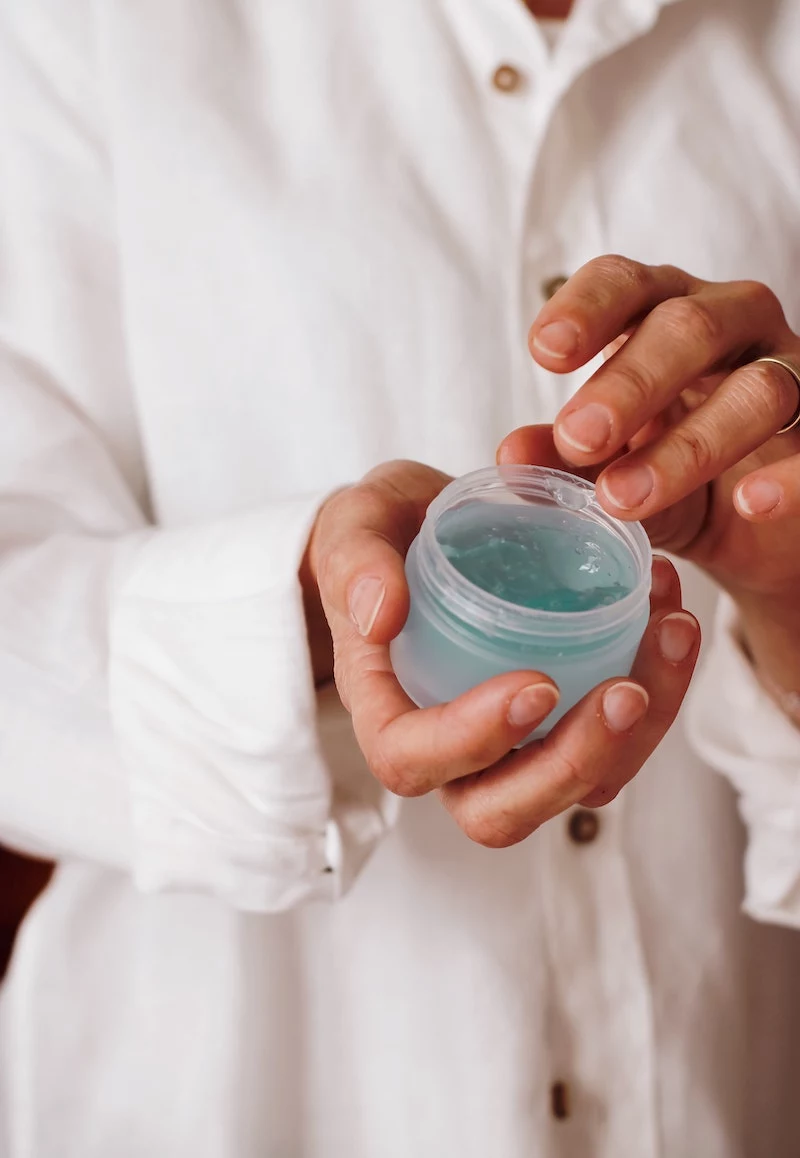

Your recovery nights are more than just a break; they’re an opportunity to actively rebuild that
Retinol, Retinal, Granactive… which retinoid is right for you?
Navigating the world of Vitamin A can be confusing, but it’s all about finding the right balance of potency and tolerance. Retinol is the classic, well-researched gold standard, but it needs to be converted by your skin, which can sometimes lead to irritation. Retinal (or Retinaldehyde) is a step closer to the active form, meaning it works faster—great for visible results but can be more potent. Brands like Medik8 specialize in this with their Crystal Retinal line. For a gentler entry point, Granactive Retinoid offers similar long-term benefits with significantly less irritation, making it perfect for sensitive skin or beginners. You can find this in popular formulas from The Ordinary.










